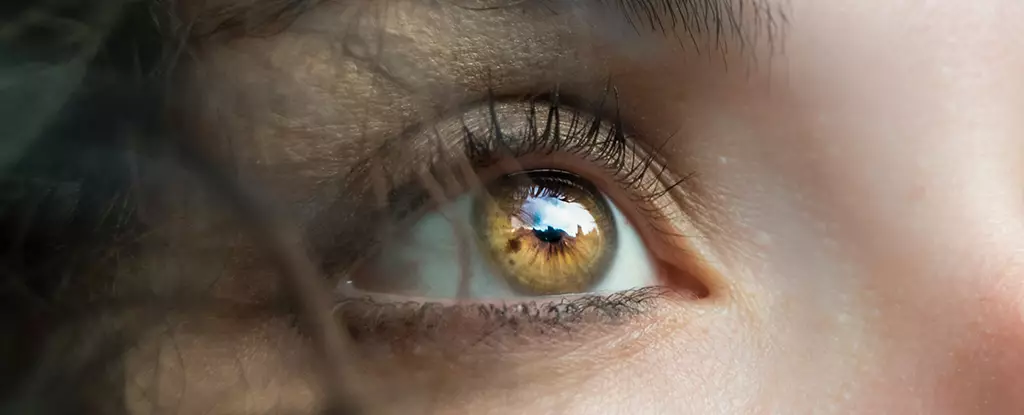Stroke remains one of the leading causes of death and disability worldwide, which necessitates innovative approaches for assessing risk. A promising study has emerged, suggesting that eye tests, specifically analyzing retinal blood vessels, could serve as critical indicators for stroke risk. This research highlights the importance of the retina not just as a window to ocular health but as a crucial focal point in predicting cerebrovascular events.
The foundation of the recent findings lies in the discovery of 29 distinct blood vessel patterns, or “fingerprints,” within the retina—the layer of photoreceptive tissue at the back of the eye. Researchers utilized advanced machine learning algorithms to analyze data collected from over 45,000 individuals, identifying consistent patterns among those who had experienced strokes. The implications of these findings point toward a groundbreaking predictive tool that could monitor vascular health through routine eye examinations.
By harnessing the power of artificial intelligence, the study demonstrated that these retinal parameters, when evaluated alongside traditional risk factors such as age and sex, delivered predictive capabilities for assessing stroke risk that were comparable to established methods. This connection between eye health and stroke risk opens a novel avenue for early intervention strategies.
The correlation between the eyes and brain is not a new revelation; both share similar blood vessel architecture. The intricacies of these interconnections have long indicated that alterations in retinal blood vessels may mirror underlying variations in cerebral blood flow. Strokes, typically resultant from blockages or disruptions in blood supply to the brain, compromise oxygen and nutrient delivery, illustrating a direct link to the identified retinal changes.
The study outlines how the 29 detected retinal vascular traits were associated with a significant increase in stroke likelihood, varying between 9.8 and 19.5 percent. These parameters are not just standalone indicators but reiterate known associations with traditional stroke risk factors, such as hypertension and atherosclerosis, confirming the hypothesis that systemic vascular health impacts ocular features.
Predicting stroke risk is a multifaceted challenge, involving numerous variables, including lifestyle determinants like diet, exercise, and sleep patterns. While not exhaustive, retinal tests could provide a crucial early warning system that allows healthcare professionals to implement preventative measures. The potential for wider accessibility of such diagnostic tests means that individuals in both urban and low-resource settings may gain better access to critical health assessments.
In the context of healthcare systems, the integration of retinal imaging as a standard part of regular check-ups could lead to earlier interventions, and ultimately, a reduction in stroke incidence. This could be especially transformative in primary healthcare settings where resources may be limited, yet the need for effective risk stratification is paramount.
Despite the promising findings, one must consider the limitations inherent in the current study. While correlations between retinal parameters and stroke risk have been well established, the research does not sufficiently elucidate direct causal pathways. Future investigations should aim to deepen our understanding of how these retinal signatures develop over time and their specific interplay with broader cardiovascular health.
Moreover, while machine learning has been successfully employed, the challenge remains in standardizing these techniques across diverse populations and demographic groups. Ensuring the reliability and accuracy of predictive models across varied settings will be essential for widespread clinical adoption.
Integrating retinal health assessments into routine medical practices could transform the landscape of stroke prevention. By leveraging advancements in technology and a deeper understanding of the relationships between ocular and cerebral vascular health, individuals may stand to benefit from early warnings and timely interventions. The potential for this innovative approach to reshape healthcare delivery and enhance stroke prevention strategies cannot be overstated. With ongoing research and further validation, retinal images may soon become as valuable as traditional biomarkers in safeguarding brain health.


Leave a Reply